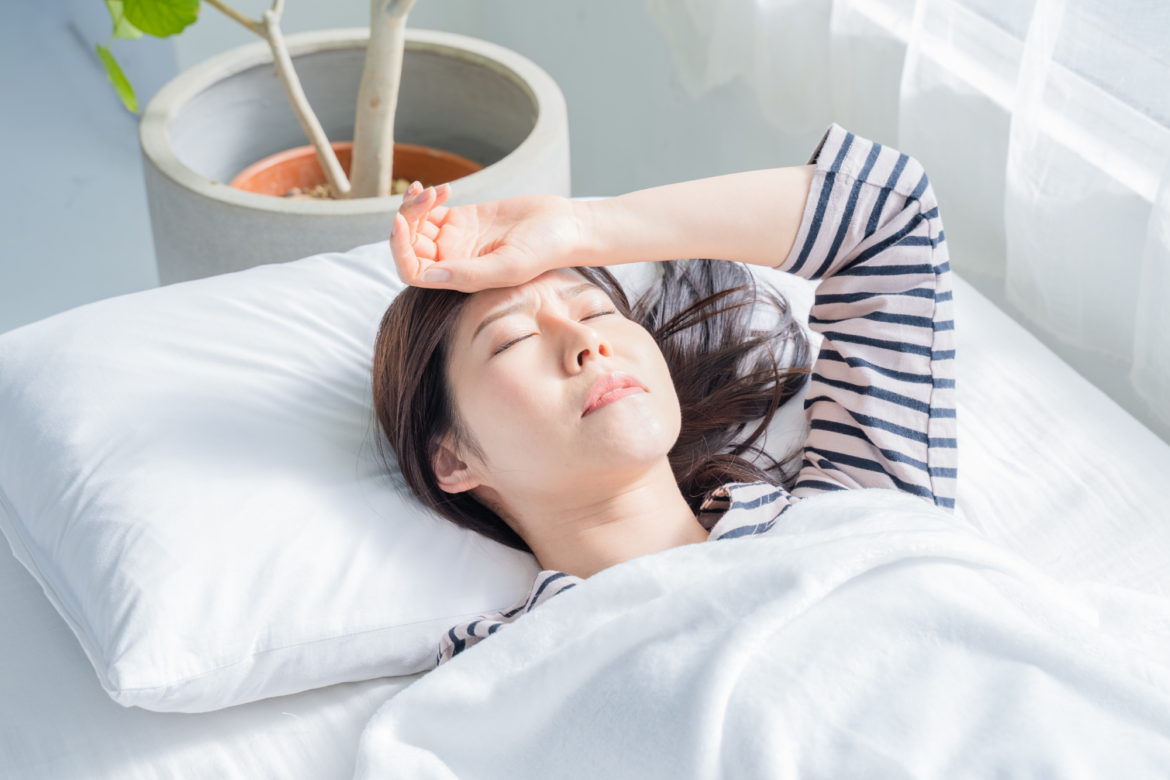What Is POTS and How Can PT Help?
What is POTS?
Postural Orthostatic Tachycardic Syndrome or POTS has recently been making waves in the medical community due to a recent increase in prevalence and diagnosis. POTS is a syndrome associated with orthostatic intolerance. Orthostatic intolerance means that symptoms occur when in an upright position. When a person transitions from lying down or sitting to a standing position, the blood in the body is pulled down into the abdomen, hands, and feet by gravity. When this occurs, the heart has to significantly speed up to help recirculate blood to all of our important organs, especially the brain. This blog will dive into what Is POTS and how can PT help?
During this time period of transition, a person will likely experience lightheadedness, dizziness, feeling of faintness, heart racing in the chest, headaches, fatigue, and other symptoms as well. When a person without POTS changes position, we expect to see changes in heart rate that are notable but small. As a patient with POTS changes position, there is generally an increase in heart rate or bpm (beats per minute) by greater than 30 bpm which is why a person can have some of the above listed symptoms.
Who is affected by POTS?
POTS is most likely to occur in women of childbearing years usually between 15-50 years. It is diagnosed in males but is significantly more common in females. POTS usually develop after a traumatic event to the body including pregnancy, virus, trauma, etc. There has been a slight increase in reporting of POTS over the last 1-2 years. Some researchers are trying to link high numbers of COVID infections across the world population leading to the increase in POT-related diagnosis/symptoms being seen and reported in the general population.
Just like with any diagnosis, POTS can present very differently from person to person and across a very large spectrum of disability and ability. When I educate patients on POTS, I like to talk about it as an “invisible syndrome”. It isn’t something we see on MRIs or x-rays and since it is largely based on subjective reports from patients, many people are not taken very seriously when they report these symptoms. Often, a person might think their symptoms are normal or are told their symptoms are due to anxiety or depression which is why it can take years to actually get an accurate diagnosis and treatment.
How Can PT Help POTS?
PT can help a patient to understand expectations, symptoms, and daily life management tips. This can help with the performance of self care tasks to help maintain independence despite reports of fatigue, pain, palpitations, and fainting sensations. Appropriate exercise prescription and education on expectations with exercise are a big piece of the puzzle in helping get some level of control over the POT-related symptoms. Exercise can be extremely helpful, but when not utilized correctly or if overprescribed can make someone feel worse in the short term.
This is why it is so important to start slow and steady with guidance to help ensure positive progression with as little to no set backs as possible. We also emphasize and focus a lot on breath work during exercise. PT also focuses on functional mobility tasks including getting out of bed, getting out of chairs, getting off the floor, and performing walking or stairs. Air in your lungs and trunk helps to create pressure and when this pressure is well managed it can prevent intensification of POT-related symptoms during position changes.
What to do Next?
Working with a skilled PT who is knowledgeable in POTS is important. They will help you learn to manage your symptoms, work together to create an exercise program, and help you to get back to doing what you enjoy. Schedule your appointment today!

